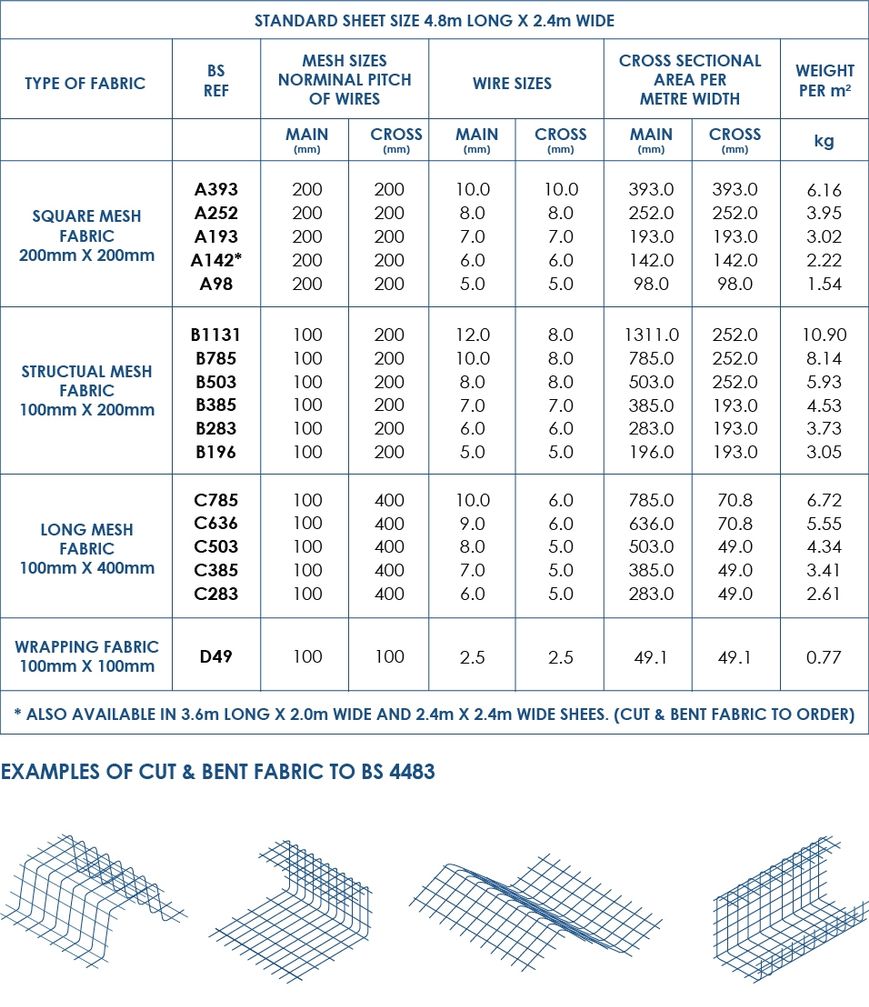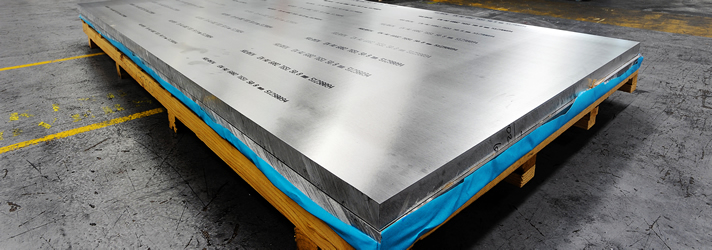The sheet metal does however have a tolerance on the rolling thickness which needs to be taken into account when designing a tight fitting assembly especially as the sheet metal material gets thicker.
Standard sheet metal thickness uk.
Sheet metal is one of the fundamental forms used in metalworking and it can be cut and bent into a variety of shapes countless everyday objects are fabricated from sheet metal.
Sheet metal is metal formed by an industrial process into thin flat pieces.
A gauge conversion chart can be used to determine the actual thickness of sheet metal in inches or millimeters.
Our factory site is around 15 000 sq ft.
Extremely thin sheets are considered foil or leaf and pieces thicker than 6 mm 0 25 in are considered.
Millimetres mils gauge.
There are other measurement units used to categorise metals by thickness though.
Thicknesses can vary significantly.
Foils sheets and plates are pretty much the same with the only difference being in thickness.
Metal sheets limited are based on an industrial estate in maghull just outside liverpool 5 minutes from aintree race course home of the grand national.
The equivalent thicknesses differ for each gauge size standard which were developed based on the weight of the sheet for a given material.
For example 18 gauge steel according to a gauge conversion chart is 0 0478 inch or 1 214 millimeter.
Gauge or gage sizes are numbers that indicate the thickness of a piece of sheet metal with a higher number referring to a thinner sheet.
Sheet metal is any metal that has a thickness in between 0 5 6 millimetres.
We manufacture high end metal clad table tops bar tops and design features in zinc copper brass pewter and other metals we also sell the metal sheets we use ourselves and we are sheet metal.
Sheet metal gauge thickness chart 2019 10 24t01 36 33 00 00 when working with sheet metal the term gauge is often used.
Sheet metal is manufactured and delivered from the processing mill rolled to the standard thickness that you specify which is now metric.










